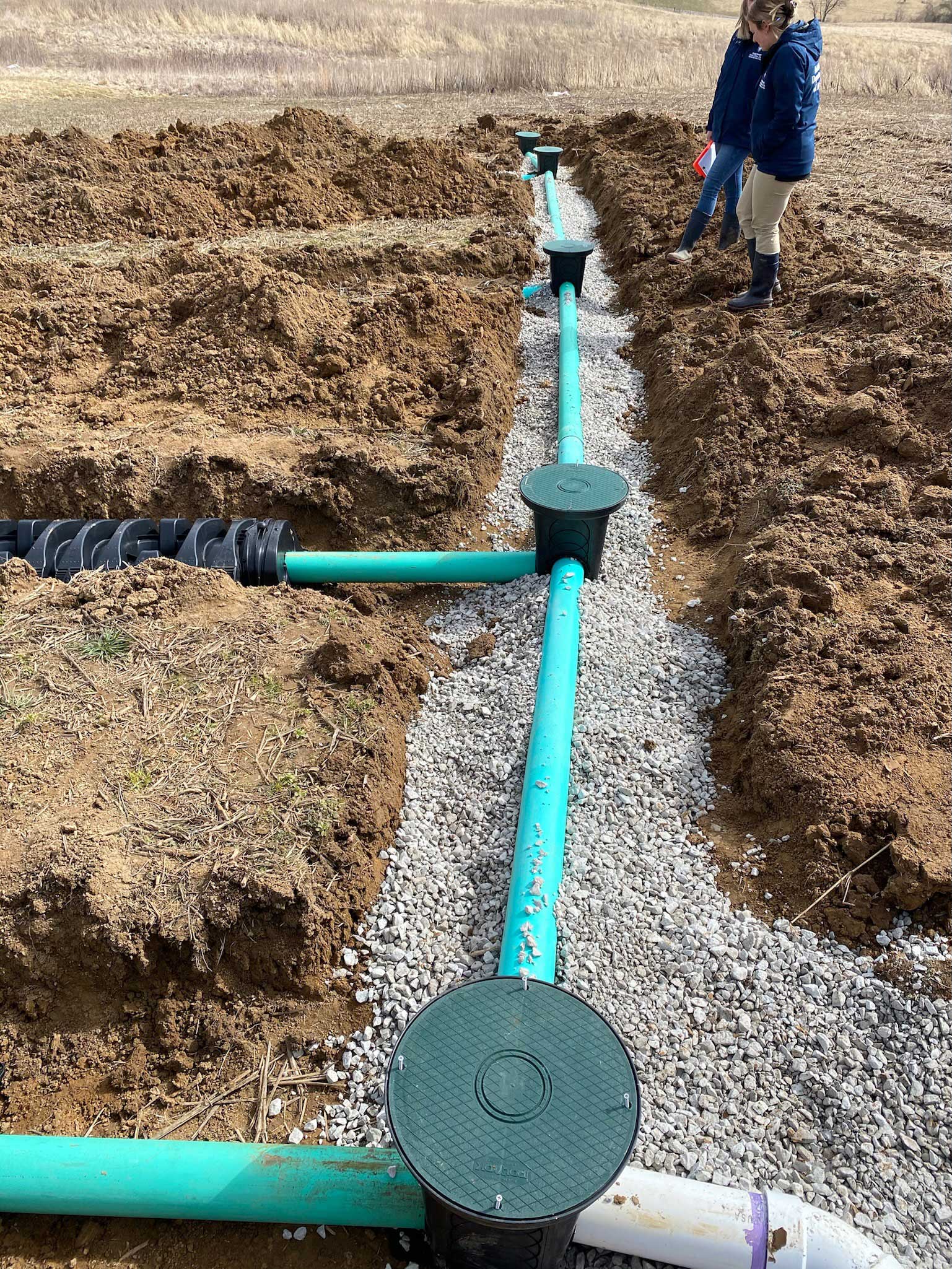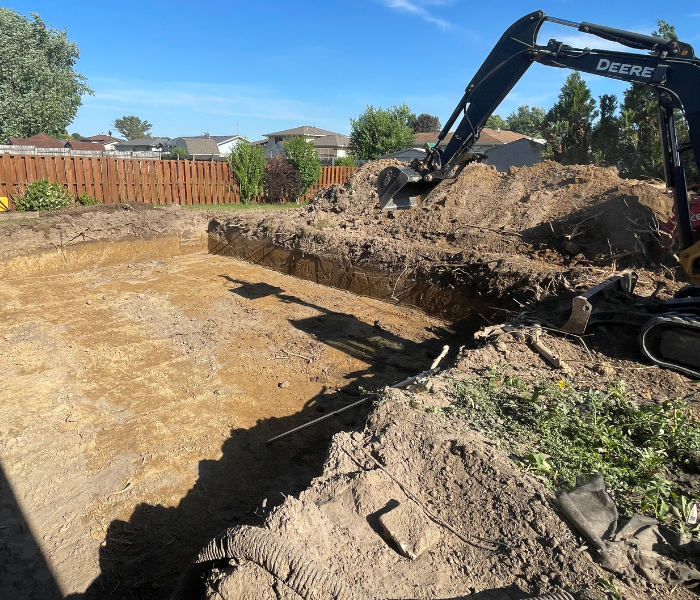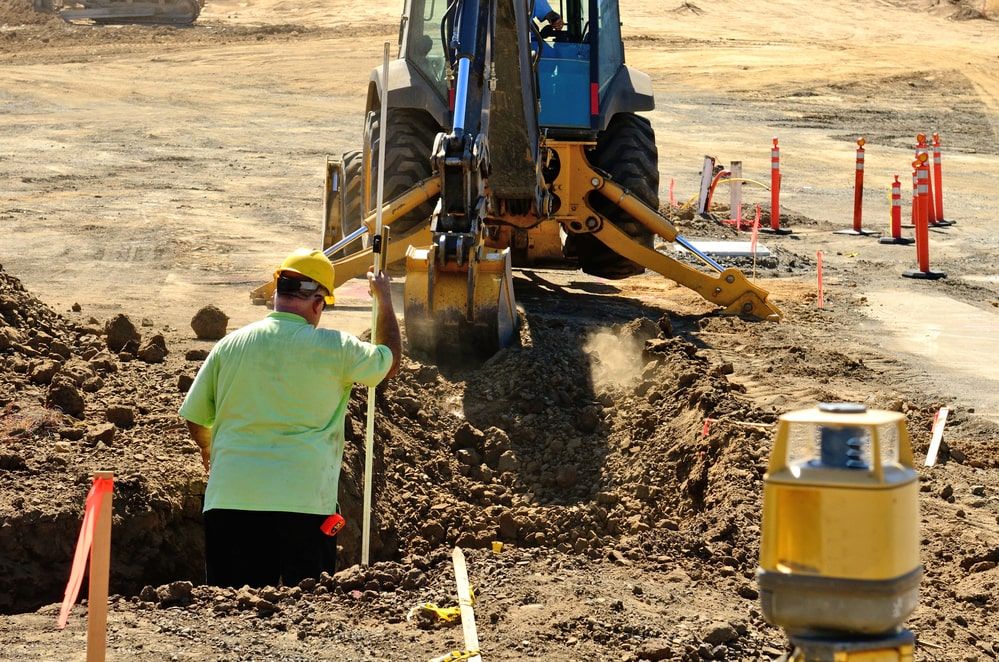Specialist Septic Ohio - Relied On Septic Tank Professionals in Ohio
Specialist Septic Ohio - Relied On Septic Tank Professionals in Ohio
Blog Article
Comprehensive Excavation Methods: Understanding the Basics for Success
In the world of construction and civil design, the value of efficient excavation methods can not be overemphasized. The careful planning, specific implementation, and careful interest to information called for in excavation tasks require a comprehensive strategy that incorporates different basic elements. From initial dirt evaluation to the application of safety actions and regular development monitoring, mastering these core aspects is important for attaining success in any excavation undertaking. The true mastery exists not just in recognizing these fundamentals however in effortlessly incorporating them to navigate the complexities of excavation projects with finesse.
Recognizing Excavation Project Planning

The initial phase of any type of excavation project is the preparation phase, where vital decisions are made that can dramatically impact the result of the task. Comprehending the job budget plan, timeline, and scope restraints is essential for developing an extensive excavation strategy that makes certain the job's success.
One trick aspect of excavation job preparation is the development of a detailed timeline that lays out the sequence of activities, deadlines, and turning points. This timeline offers as a roadmap for the project team, enabling them to track development and make essential adjustments to make sure the project stays on schedule. Additionally, a well-defined budget that makes up all expenses, including equipment leasing, labor expenses, and products, is important for avoiding price overruns and hold-ups. By carefully considering all these aspects throughout the planning phase, excavation projects can be executed efficiently and effectively, bring about effective results.
Soil Analysis and Website Assessment
Performing thorough dirt evaluation and website evaluation is a vital action in the preparation phase of any kind of excavation task. Dirt analysis involves determining the make-up, structure, and residential or commercial properties of the soil at the excavation site. This info is crucial for comprehending the dirt's bearing capacity, dampness content, and capacity for disintegration, which are key consider establishing the excavation approaches and equipment required for the task.
Site analysis exceeds dirt analysis and includes a broader assessment of the overall site conditions. This assessment includes determining any kind of possible risks, such as underground utilities, environmental issues, or unpredictable surface, that can affect the excavation procedure. By thoroughly assessing the site, job managers can develop efficient excavation strategies that focus on safety, performance, and environmental defense.
Using innovative modern technologies like ground-penetrating radar, soil tasting, and drone surveys can improve the accuracy and effectiveness of soil analysis and site examination. Investing time and resources in these initial actions can eventually conserve time and protect against costly hold-ups or difficulties during the excavation process.
Tools Option and Use
Efficient excavation projects rely heavily on strategic tools choice and usage to make certain optimal performance and efficiency. Choosing the ideal devices for the work is vital in taking full advantage of performance and minimizing downtime. Aspects such as the type of soil, depth of excavation, and task extent play a substantial duty in determining one of the most ideal equipment for the task available.

Along with choosing the ideal equipment, proper utilization is crucial to job success. Operators should be educated to manage the tools securely and efficiently - septic ohio. Normal maintenance checks and timely repair work assist stop malfunctions and make sure consistent efficiency throughout the project
Safety Steps and Rules Conformity
In the world of excavation jobs, prioritizing why not find out more precaution and compliance with guidelines is paramount to guaranteeing a lawfully audio and protected functional setting. Safety actions encompass a variety of practices, including carrying out comprehensive site analyses, carrying out correct signs and barriers, and providing sufficient safety training for all employees entailed in the excavation procedure. Adherence to policies, such as OSHA needs in the USA, ensures that the excavation job satisfies the essential criteria to secure workers, spectators, and the surrounding environment.

Surveillance Development and Adjusting Approaches
How can forecast supervisors successfully track the improvement of excavation jobs and adapt their approaches as necessary to enhance end results? Surveillance progression is important for guaranteeing that excavation projects remain on track and meet deadlines. Job supervisors can use numerous devices and methods to track progress, such as everyday development records, regular website assessments, and advanced surveillance technologies like drones and general practitioners tracking systems. By continually monitoring the project's advancement, supervisors can determine any kind of potential delays or concerns early on and take aggressive measures to address them.

Final Thought
Finally, understanding the principles of thorough excavation strategies is essential for the success of any task. By recognizing job planning, evaluating dirt and website problems, picking appropriate tools, abiding by safety and security guidelines, and monitoring development, task managers can make sure a reliable and smooth excavation procedure. Carrying out these approaches will certainly bring about successful results and reduce prospective risks or problems throughout the excavation task.
The first stage of any excavation project is the planning phase, where essential choices are made that can considerably affect the outcome of the project. Understanding the project budget plan, timeline, and range restraints is crucial for creating a thorough excavation plan that makes sure the task's success.
How official website can forecast supervisors efficiently track the innovation of excavation jobs and adapt their strategies accordingly to maximize outcomes? By carefully monitoring development and being ready to adapt methods, task supervisors can enhance the total success of excavation projects.
By understanding task planning, examining dirt and site conditions, choosing suitable devices, complying with security regulations, and keeping an eye on progression, job managers can make certain a effective and smooth excavation procedure.
Report this page